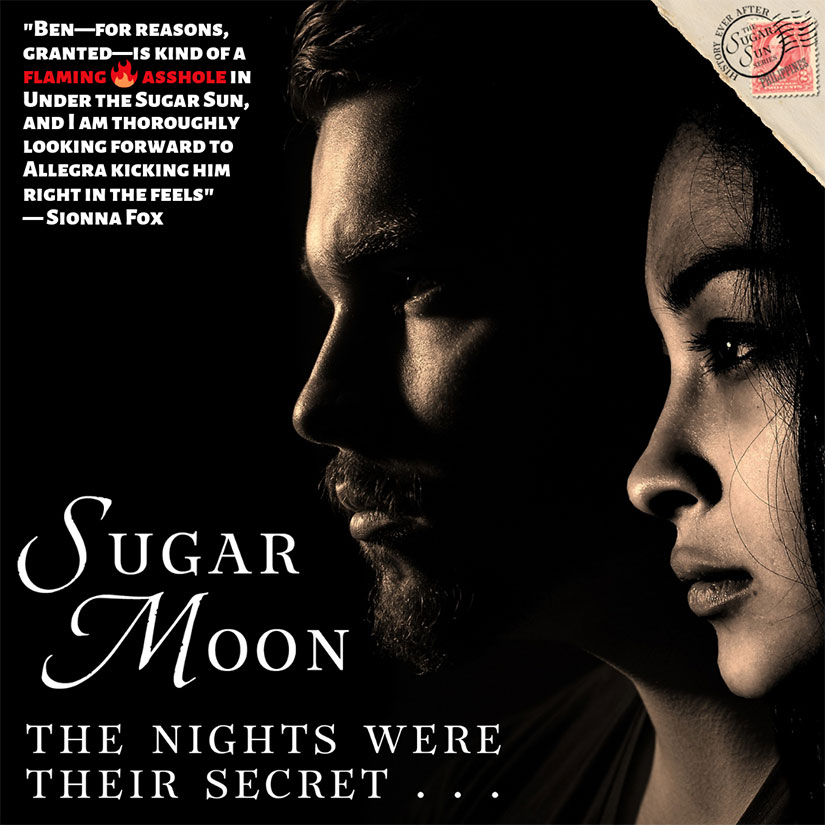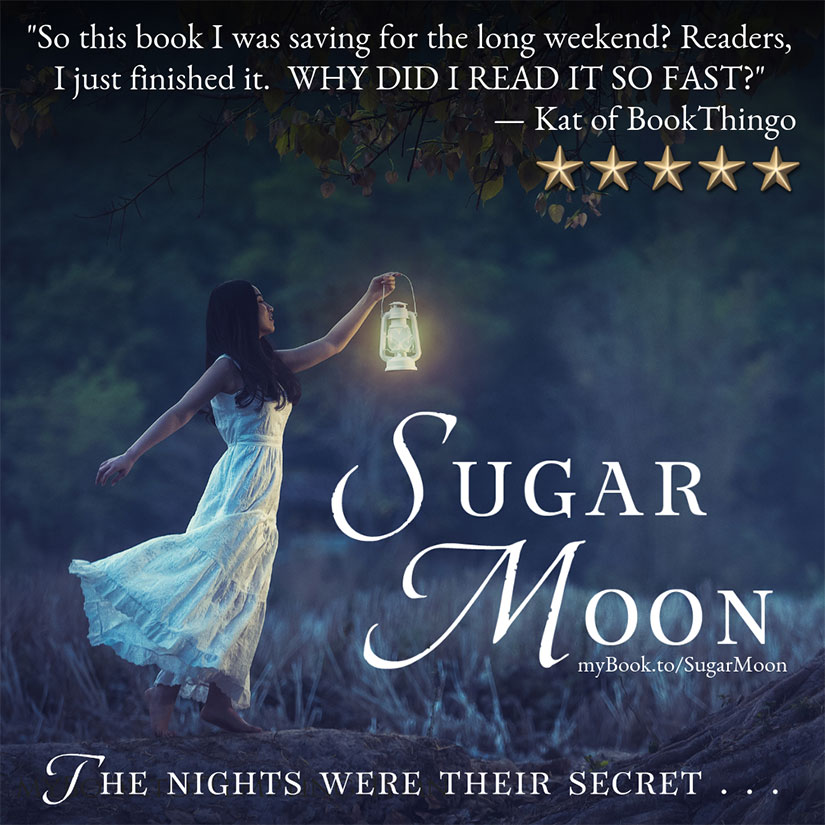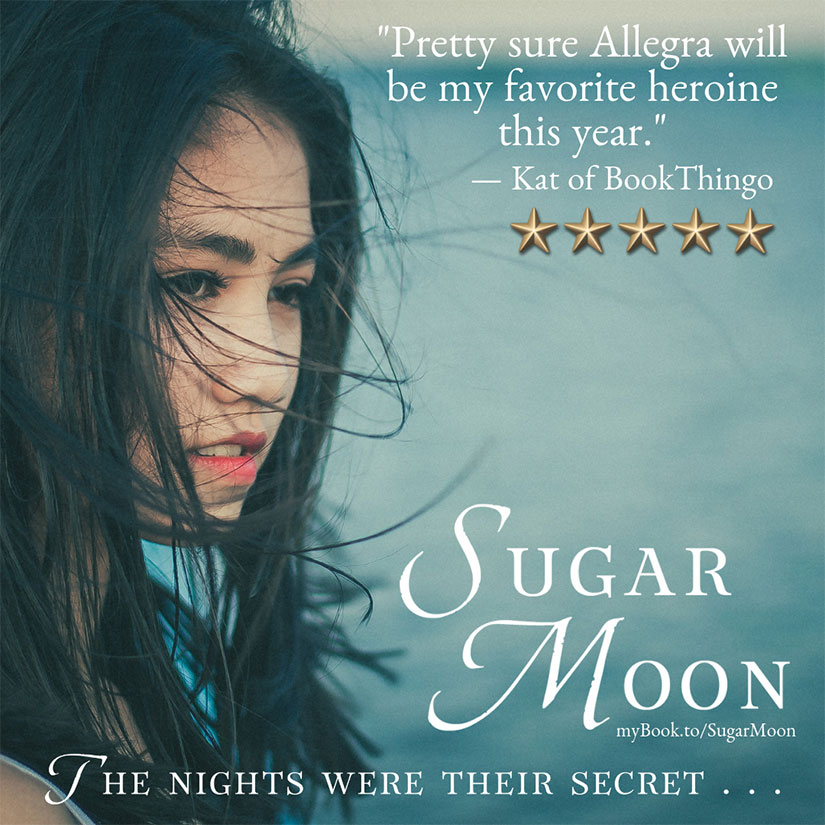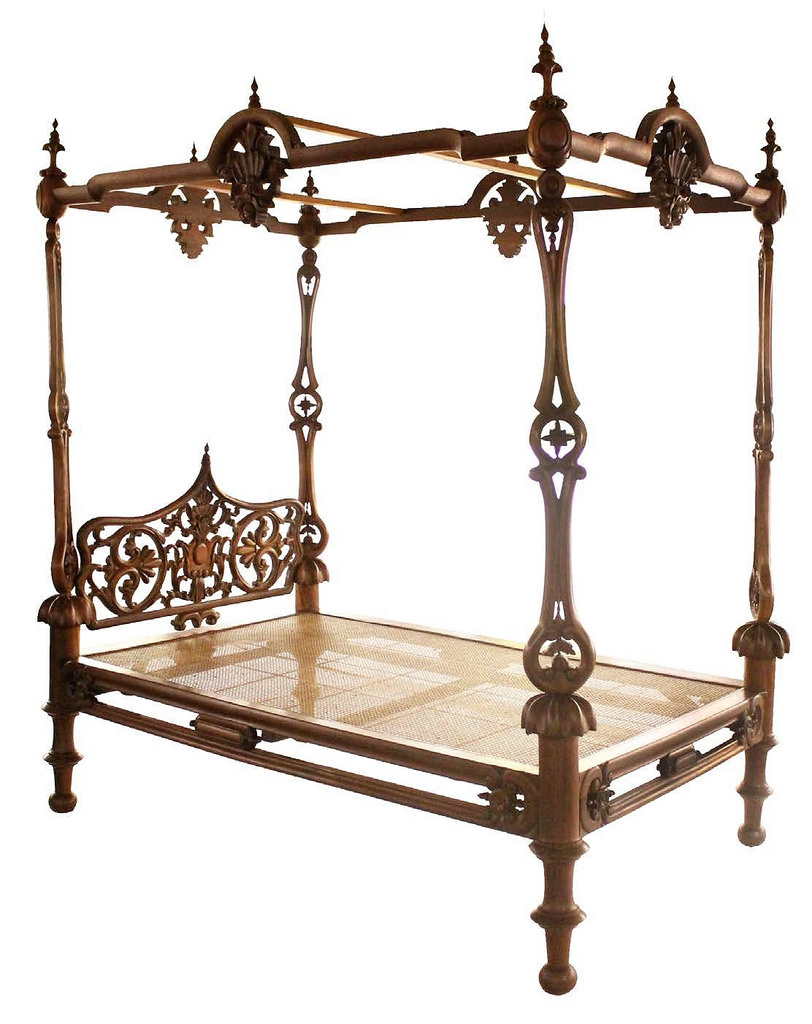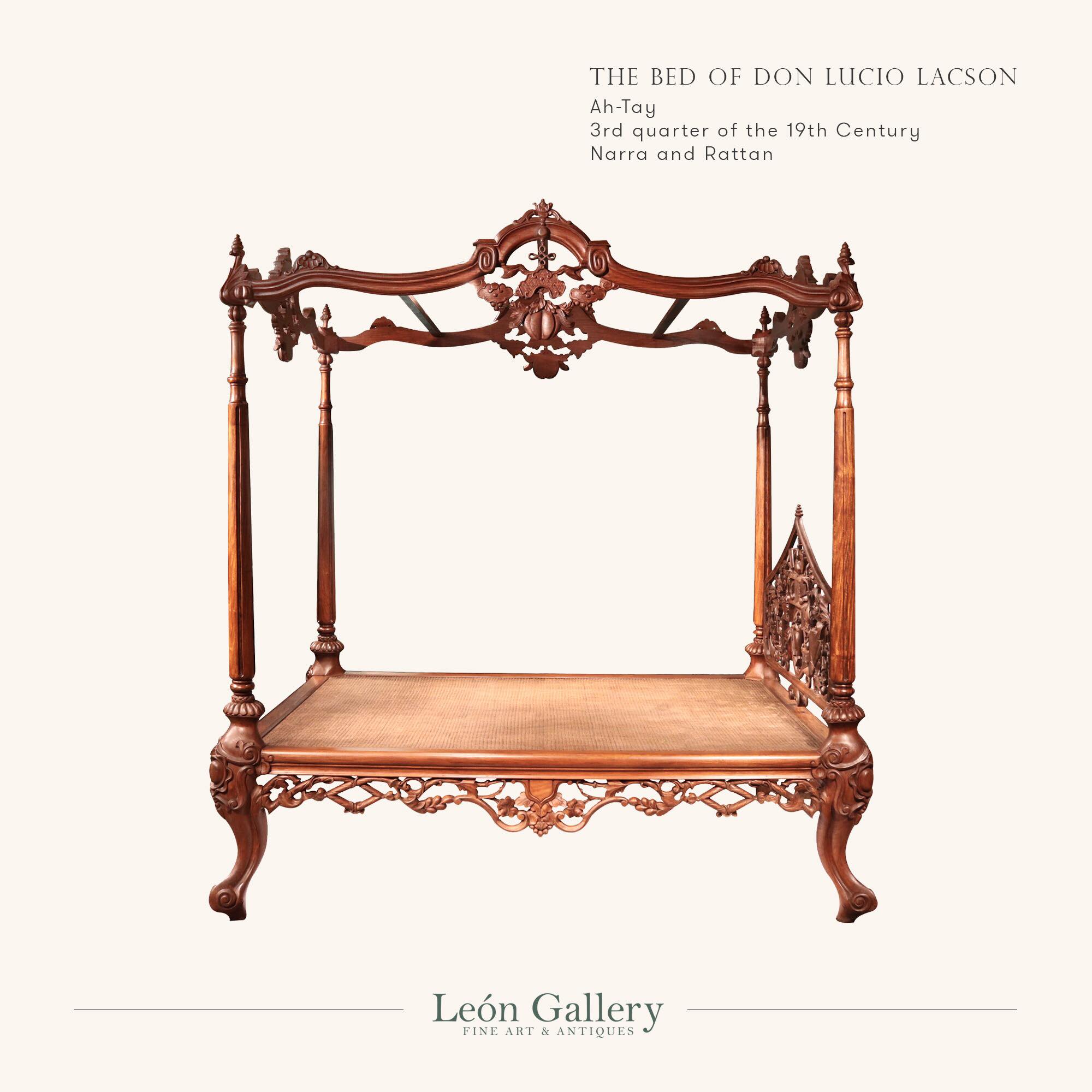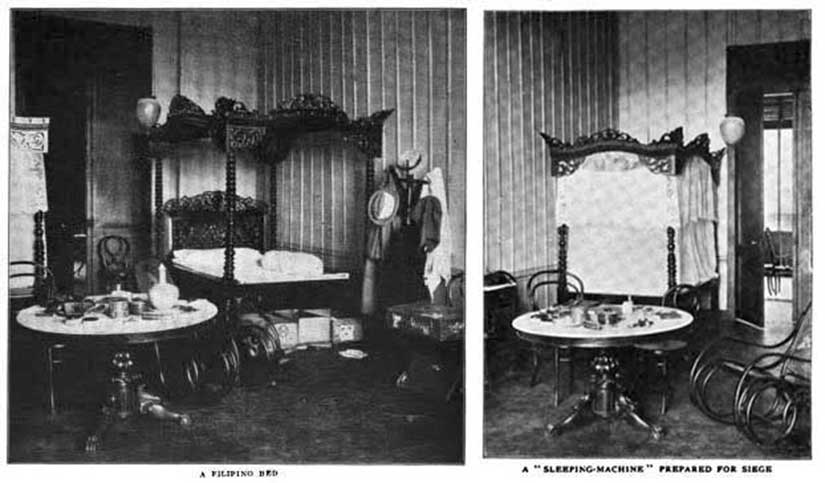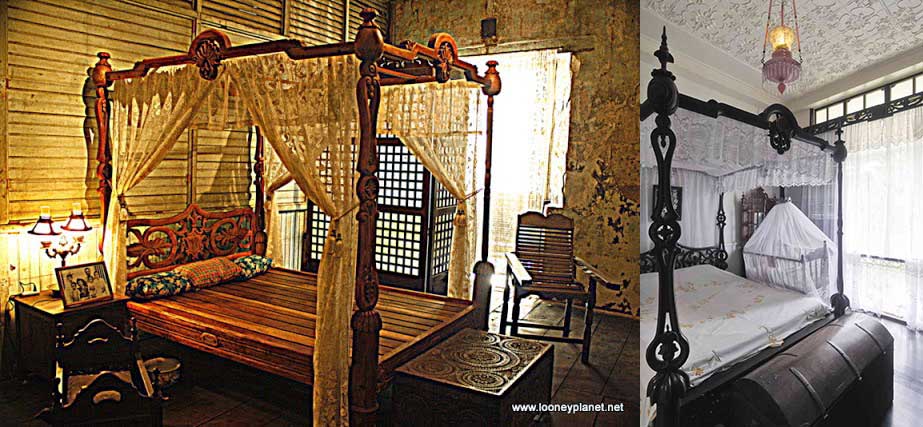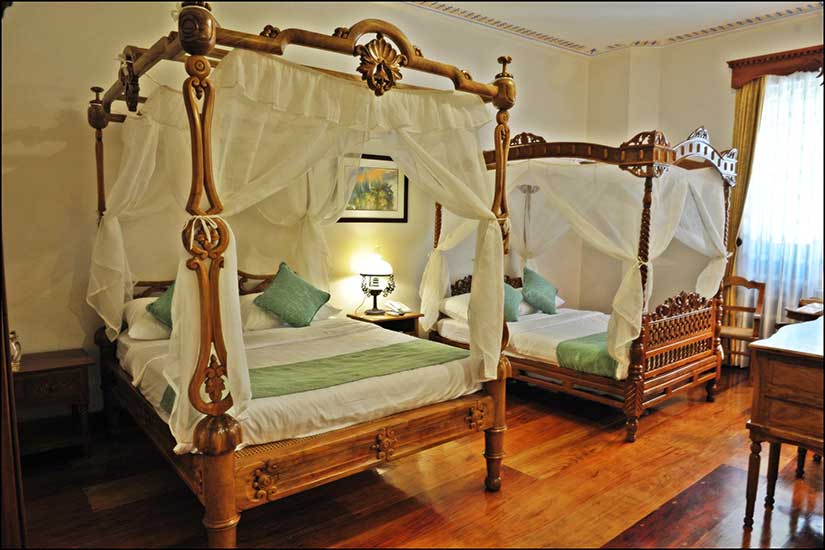Though not the height of fashion, a white cotton shirtwaist was the unofficial uniform of schoolteachers in the Edwardian Philippines. Having used a chalkboard for a good part of my own teaching career, I can attest that having your sleeves already be white is extremely practical. Two of my previous heroines, Georgina and Allegra, thought so too.
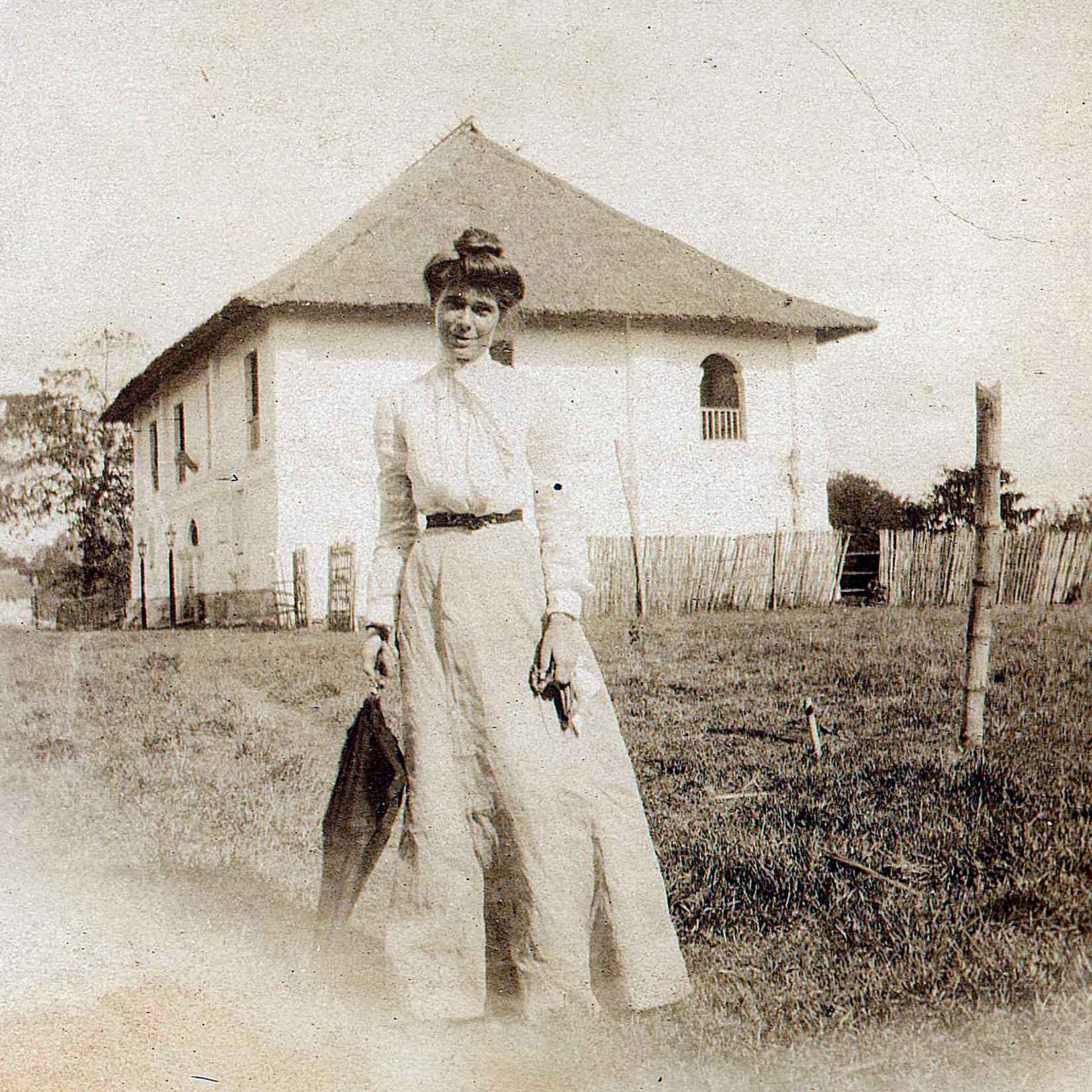
According to the Indianapolis Journal on January 1, 1900: “The shirtwaist will be with us more than ever this summer. Women are wearing shirtwaists because they are comfortable, because they can be made to fit any form, and because they are mannish.” Fashion historian Catherine Gourley explains that “it was similar to a man’s shirt. It had a stiff, high-necked collar and buttons down the front. Women often wore one with a floppy bow or tie. Some pinned a brooch to the collar.”
In contrast, high fashion in the first decade of the 1900s was a structured Gibson Girl silhouette that looked a lot like that of the previous century, particularly the painfully small waist. The badly named “health” corset “pushed the bust forward and the hips back in an attempt to avoid pressure on the abdomen,” according to the timeline of the Fashion Institute of Technology (FIT) of the State University of New York. The shape was top-heavy with dramatic sleeves, “enhanced with petticoats that had full backs and smooth fronts” (FIT).
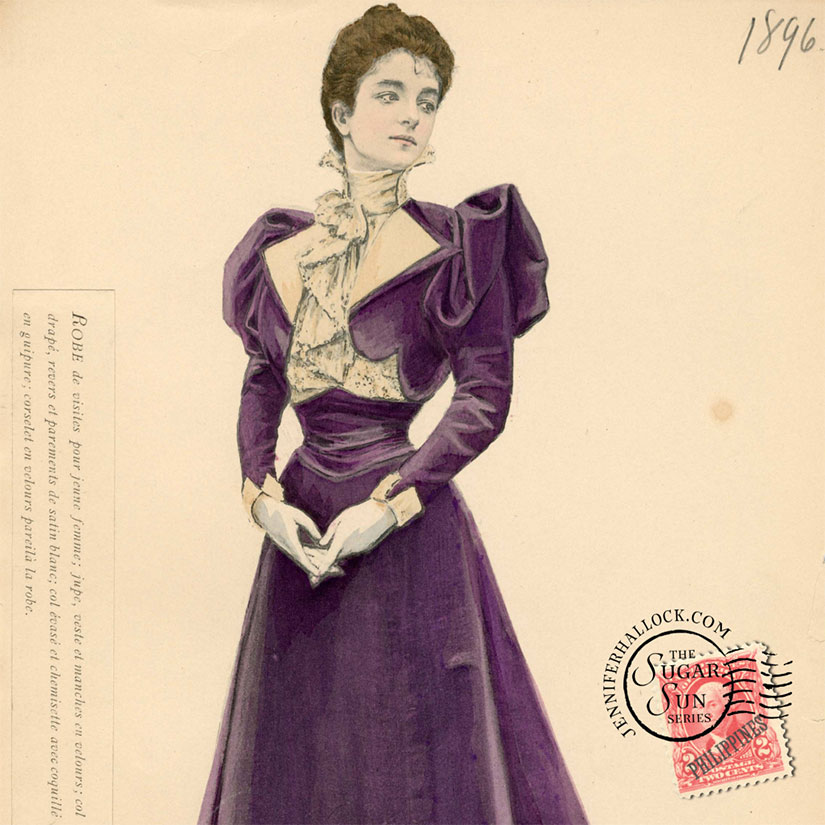
Dresses did not loosen until around 1910 or so, but fortunately Sugar Communion is quite epic in scope so I can explore new fashion templates that look far more comfortable. I was surprised by how 1920s-esque they looked, and then I found that FIT agreed with me: “While changes in women’s fashion that manifested in the 1920s are often attributed to changes due to World War I, many of the popular styles of the twenties actually evolved from styles popular before the war and as early as the beginning of the decade.”
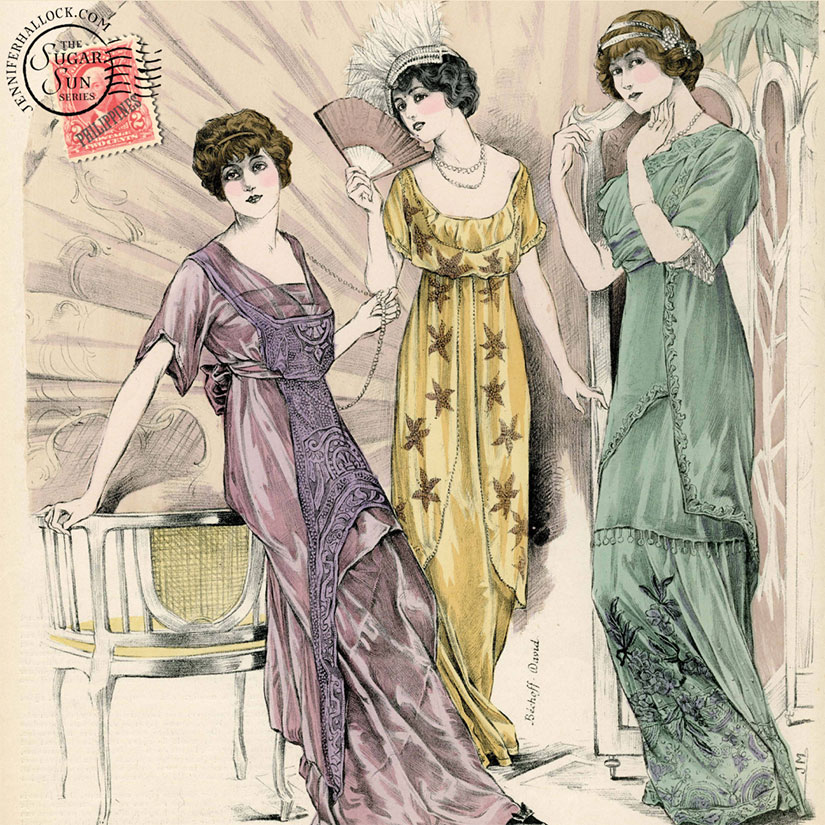
I paged through only a few of the plates at the Costume Institute Collections at The Met to get an idea of what I would like to see Liddy wear, when she gets the chance—when she is not tending to patients in a practical shirtwaist, that is.
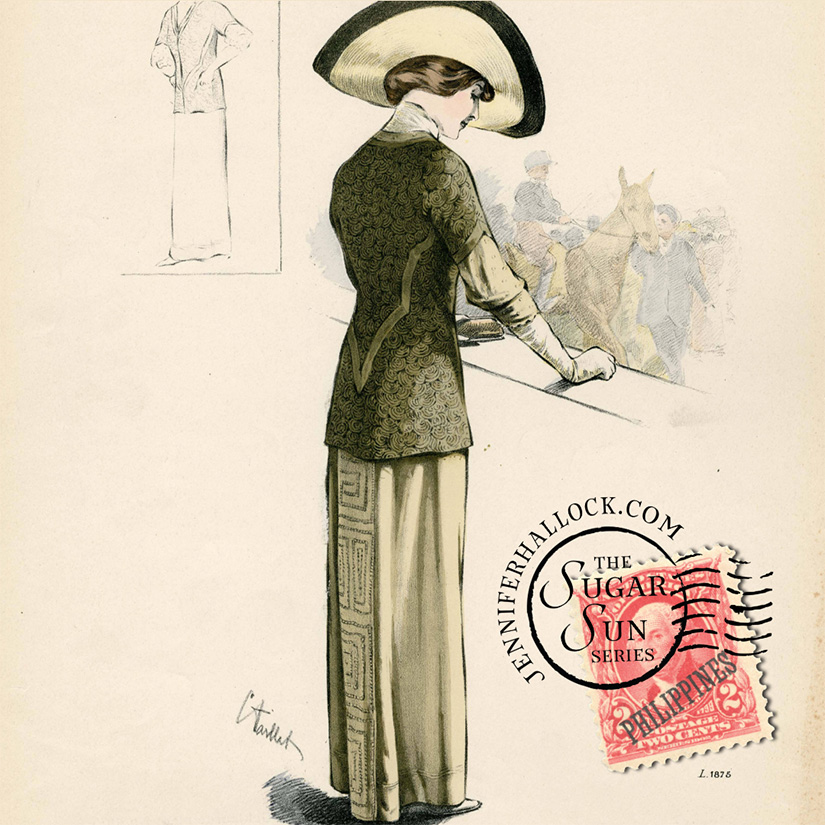
I think the geometric patterns on the above skirt would appeal, though Liddy is not likely to be seen at entertainments like horse races, nor would she approve, probably.
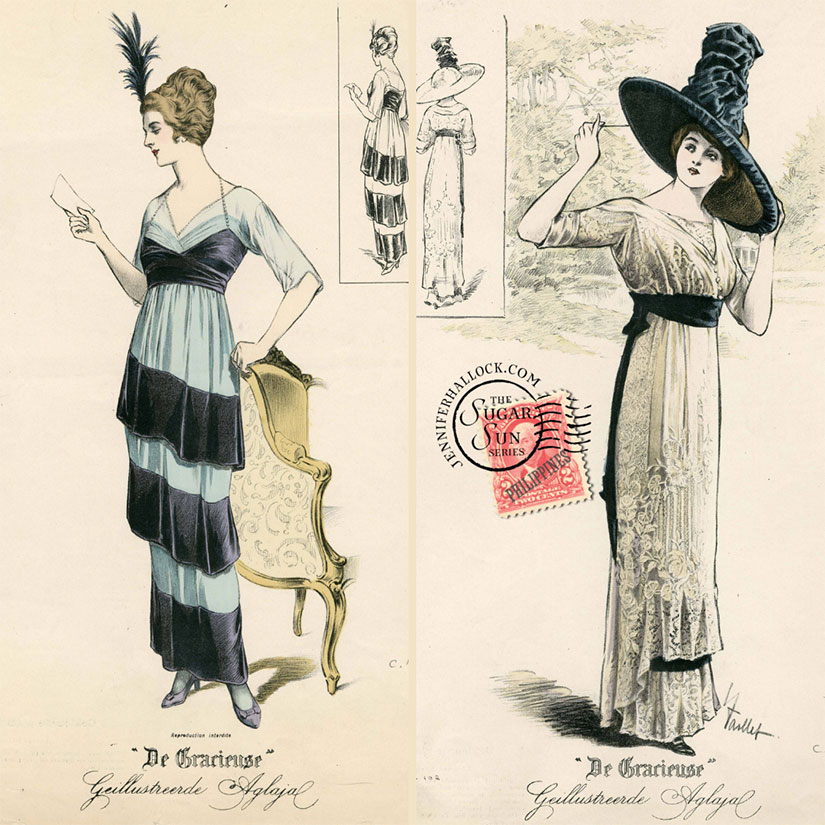
See what I mean by the roaring twenties vibe? Ignore the hat on the right, which seems to be an inspiration for Dr. Seuss’s cat. Both of these dresses seem so elegant. The one on the left I can see Miss Fisher wearing while she solves a murder mystery.
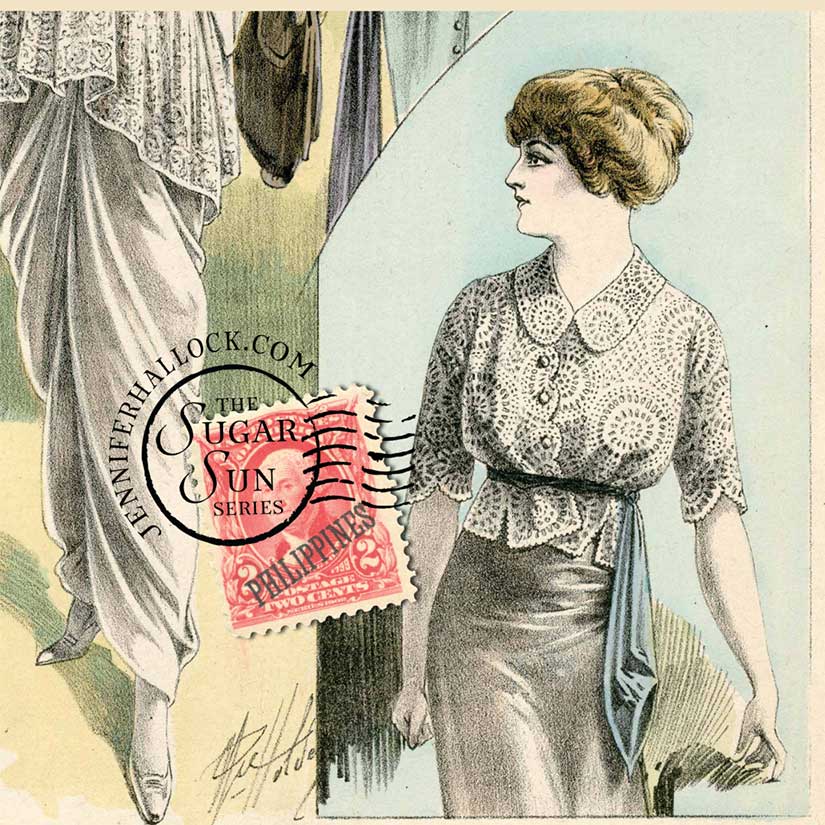
I do not understand the knotted kerchief hanging off the belt on the right illustration above, but that blouse and skirt is otherwise very modern. Also, women began to dare to show some ankle—racy, I know!—though not bare skin. My heroine Liddy does not have the time nor inclination for hose, so socks and boots are her daily wear.
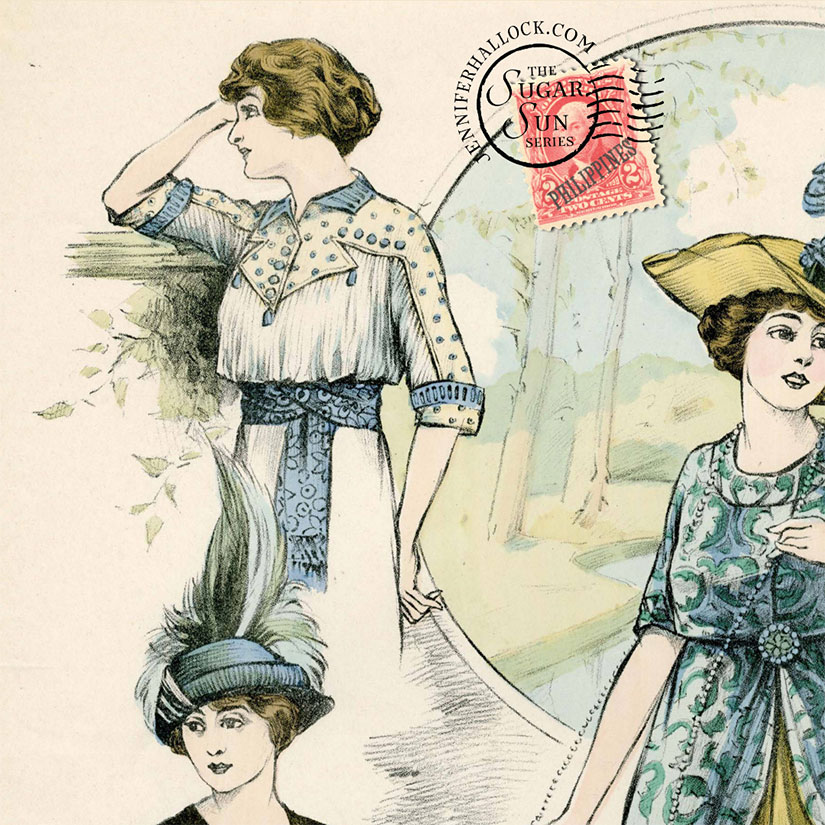
I think that back in the 1980s I had a blouse like the one above on the left. No feathered hats for me or Liddy, though.
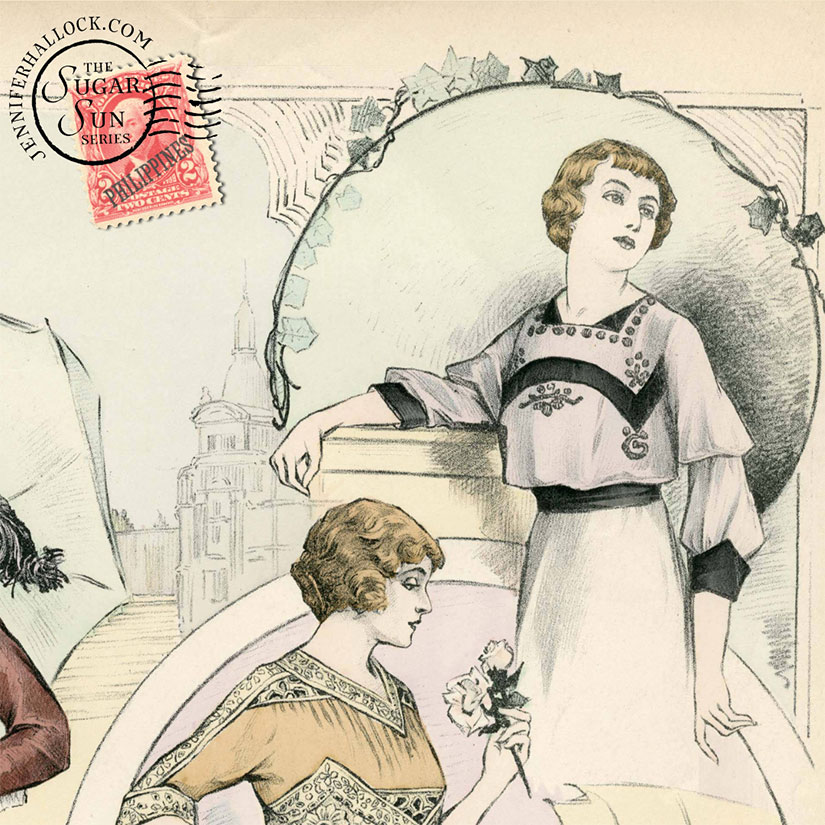
These plates tell me that clothing was starting to become more comfortable, and even high fashion followers did not want to be dependent on a maid to dress them all the time.
Can you imagine having a ladies’ valet in 2020? “The yoga pants again, ma’am?”



